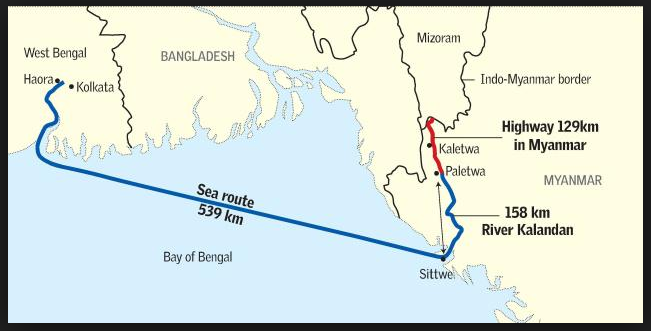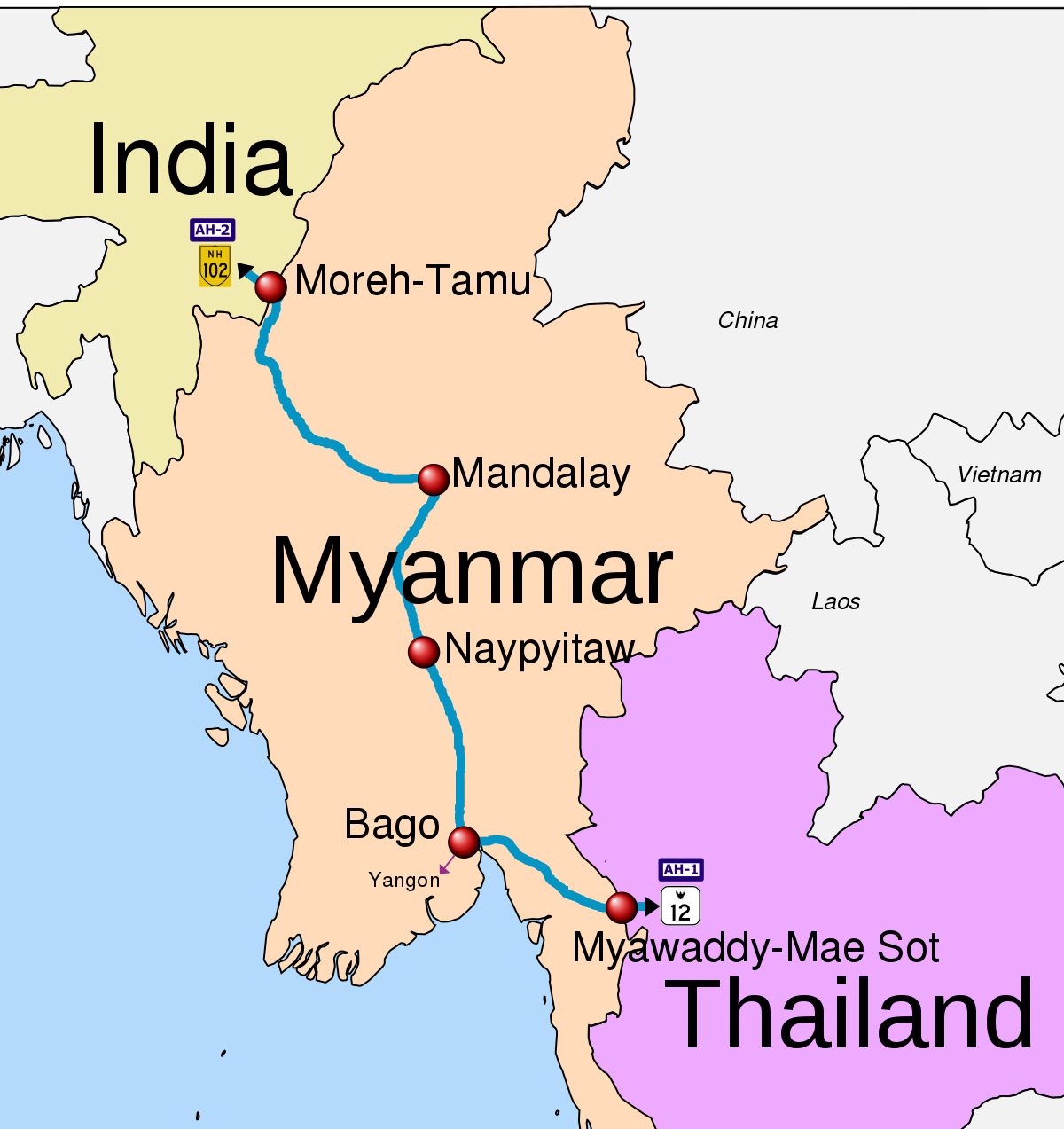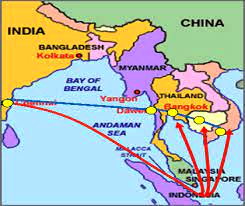International Relations
Connectivity Projects: India and Southeast Asia
- 16 Sep 2021
- 4 min read
Why in News
Recently, at the virtual ASEAN (Association of Southeast Asian Nations) summit on Future of India-ASEAN Connectivity Partnerships, the Indian government underlined the importance of cross-border connectivity between India and Southeast Asian nations.
- ASEAN brings together ten Southeast Asian states – Brunei, Cambodia, Indonesia, Laos, Malaysia, Myanmar, the Philippines, Singapore, Thailand and Vietnam – into one organisation.
Key Points
- Connectivity between India and Southeast Asia:
- India currently is working with ASEAN on multiple connectivity projects, through land, water, and air.
- Giving substance to ASEAN-India relations through connectivity will gradually change the geopolitical landscape of this region.
- In this context, India has now been actively developing infrastructure in Northeastern India.
- Bangladesh-China-India-Myanmar (BCIM) Corridor is part of this.
- These connectivity projects will not only curb existing insurgencies, but also help India’s northeastern states to develop their economic potential and integrate with mainland India.
- Further, India-ASEAN Free Trade Agreement (FTA) is central to India’s growing engagement with her eastern neighbours.
- It will enable small and medium-sized enterprises in the border areas to explore new business opportunities.
- Examples of Cross Connectivity Projects:
- India-Myanmar-Thailand Trilateral Highway:
- One of the flagship projects for land connectivity between ASEAN and India.
- Connecting the three countries from Moreh in India to Mae Sot in Thailand to Bagan in Myanmar, was first proposed in 2002.
- Besides this, the India, Myanmar, and Thailand Motor Vehicles Agreement (IMT MVA) is in the final stage.
- Kaladan Multi-Modal Transit Transport Project (KMMTTP):
- To develop connectivity through water, ASEAN and India are working on KMMTTP.
- Initiated by the Indian government in 2008 and is entirely funded by India.
- To seek an alternative route through Myanmar for the transportation of goods to the northeast region of India.
- Connects Kolkata in India to Sittwe and Paletwa in Myanmar by sea and river respectively.
- Alongside this initiative, India has contributed to build a sea link via Sittwe port in Myanmar in order to enable an alternative transit route through Bangladesh.

- Mekong-India Economic Corridor (MIEC):
- Involves the integration of four Mekong countries – Vietnam, Myanmar, Thailand, and Cambodia - along with India, connecting Ho Chi Minh City, Dawei, Bangkok, and Phnom Penh with Chennai.
- The corridor will provide opportunities for the participant countries to develop infrastructure, enhance their economic base with the region, and especially reduce the transit distance between India and ASEAN countries.
- India-Myanmar-Thailand Trilateral Highway:
Way Forward
- Extension of Trilateral Highway: The Trilateral Highway can be extended to Cambodia, Laos and Vietnam. This will enable greater connectivity and economic integration of India's northeast with its eastern neighbours.
- Digital Highway: As such beyond movement of goods and physical connectivity, it is also important for two regions to explore ways to enhance digital connectivity.
- This is in concurrence with the Government of India efforts to turn India into a Global Data Hub.
- Improving Maritime Connectivity: With the introduction of the “Sagarmala” project, India plans to invest in port infrastructure for improved integration and connectivity through the sea. This is an encouraging step towards enhancing India-ASEAN Connectivity projects.






